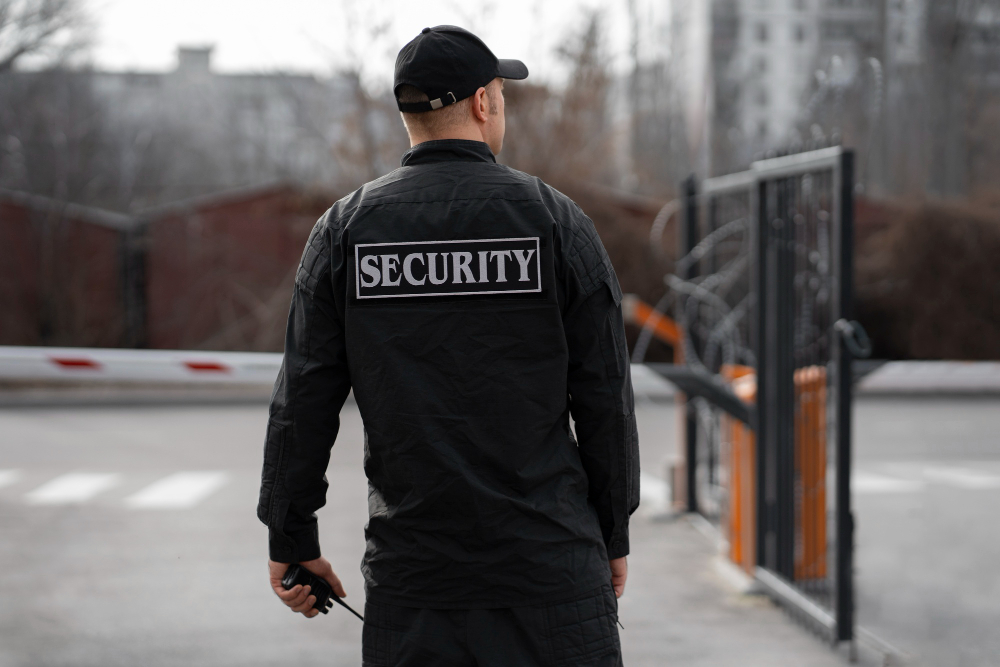Strategies for Improving School Security: It is a sad fact, but a fact nonetheless, that we live in an age where stringent security is an essential financial burden for schools. This burden is something that schools could do without, especially in the face of an annual underfunding of $150 billion, as reported in a.
In this article, we discuss 6 strategies for keeping our children and educators safe, we also cover funding options and grants that can help a school maintain safety without overstretching budgets.
Top Strategies for Improved School Security
For a school to educate our children, the first thing it must do is ensure that the safety of pupils, staff, and equipment is uncompromised and prioritized above all else.
The use of is already changing how we educate, it is also changing how we secure our schools. This is especially relevant in the current financial climate and it shouldn’t be a surprise to find AI heavily integrated into the strategies listed below:
1. Modern Video Surveillance Systems
Video surveillance systems have evolved rapidly in just a few short years. The cameras provide full HD coverage that is unrecognizable from the grainy footage of previous generations.
Whilst the cameras are impressive, it is the integration of AI-powered analytics that “steals” the show. These systems can analyze patterns, recognize unauthorized individuals, provide real-time alerts, and monitor restricted zones.
By integrating AI, schools can proactively address potential security breaches, ensuring a safer environment for both students and staff.
2. Advanced Access Control and Locking Systems
Modern access control systems are condemning the traditional lock and key to the dustbin of history. Modern access control systems include:
- Smart card authentication: Quick, contactless entry using encrypted cards.
- Biometric scanners: Utilizing fingerprints or facial recognition for access.
- Mobile device integration: Unlocking doors using smartphones or wearables.
- Real-time alerts: Instant notifications for unauthorized access attempts.
- Multi-factor authentication: Combining multiple methods for enhanced security.
3. Panic Buttons, Alarms, and Integrated Systems
In emergencies, every second counts. Modern schools are equipping themselves with:
- Panic buttons: Discreet devices that, when pressed, alert security personnel and local authorities instantly.
- Advanced alarm systems: Not just for fire or break-ins, but also for potential lockdown situations.
- Integrated communication: Systems that connect alarms, cameras, and communication devices for a coordinated response.
The integration of these components is where the strategy thrives. These components not only integrate with each other but also with the advanced video and access control systems we already discussed.
4. Environmental Sensors for Proactive Safety
Environmental hazards can pose as much of a threat as external intruders. Modern schools are now implementing:
- Vape and smoke detection sensors: Identifying and alerting to vaping in restricted areas.
- Air quality monitors: Detecting harmful pollutants or gas leaks in real-time.
- Noise detection sensors: Recognizing unusual or disruptive noises, indicating potential issues.
These sensors provide an added layer of protection, ensuring the school environment remains safe and conducive to learning.
5. Communication Devices for Coordination
Effective communication is the backbone of any security strategy. To enhance coordination during emergencies, schools are adopting:
- Two-way radios: Allowing instant communication between staff, security, and first responders.
- Integrated intercom systems: Enabling announcements and alerts throughout the campus.
- Emergency notification apps: Parental control apps are already helping parents to keep children safe. Schools can implement their own “security” apps for sending real-time alerts to staff, students, and parents on their mobile devices.
Such communication tools ensure timely responses, keeping everyone informed and prepared during critical situations.
6. Flexible Classrooms for Safety and Learning
The design and layout of classrooms play a crucial role in both safety and education. Modern schools are embracing:
- Modular furniture: Easily reconfigurable to adapt to different teaching methods or emergencies.
- Safe zones: Designated areas within classrooms that offer protection during potential threats.
- Tech-integrated spaces: Incorporating digital tools that enhance learning while also serving as communication channels during emergencies.
- Natural surveillance: Designing classrooms with clear sightlines, ensuring staff can monitor activities without obstructions.
By merging safety with functionality, flexible classrooms create an environment that prioritizes student well-being, but not at the cost of their education.
Funding the Security Strategies
In an ideal world, every school in the land would implement each of these strategies as a matter of priority. However, we mentioned the funding crisis that already blights school budgets.
Fortunately, there are funding avenues to explore that can allow schools to implement security strategies without breaking the bank:
- School safety grants: Numerous organizations and government bodies offer grants specifically tailored for school security enhancements. These grants can significantly offset costs, making advanced security measures more accessible.
- Exploring 2023’s grant opportunities: With each year, new grant opportunities arise. Schools should proactively research and apply for grants that align with their security needs.
- Securing the right grant: It’s not just about finding school security grants but securing them. Schools should ensure they meet all requirements, present a compelling case and have thorough documentation. Funding considerations and security are always a juggling act. Researching the available funding options is the most valuable strategy available for schools looking to modernize and enhance security.
Summing Up: How Advanced Security is Re-Enabling an Education Focus in Schools
Schools across the entire country are having to pour valuable resources into securing our schools, equipment, and most importantly – those who learn and teach within their walls.
By integrating advanced security systems, schools can begin to shift the focus back to what they are good at – educating the next generation that represents the future of our great land.
With funding options available, all it takes is a little homework!
Also Read: How to Improve Collaboration in the Development Lifecycle?
